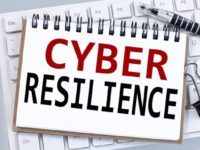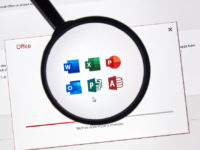Success as a small-business owner means overcoming challenges on many fronts, but also embracing new opportunities in technology and business. A recent report by CompTIA has revealed that SMEs rely heavily on technology to achieve their business goals and are embracing emerging technologies.
Among business owners, identifying new customer segments and new markets is a business priority as well as offering new products and services to existing customers. Underlying all SME priorities is a focus on process and efficiency, whether that involves implementing brand new systems or streamlining and fine-tuning what is already in place. Process efficiency impacts all aspects of a business, from customer touchpoints and interactions to staff productivity, to cost and revenue performance.
Carolyn April, senior director for industry analysis, CompTIA, said, “Whether it’s acquiring new customers, entering new markets, launching new products, or streamlining operations and processes, technology is at the heart of these activities. Many SMEs are on the path toward digitising their environments, using cloud-based solutions and services, and increasingly diving into data analytics to meet customer demand.”
The report explores the business relevance of technology to SMEs and the factors affecting their perceptions, decisions, and investments in established and emerging technologies. Its key findings include:
- Focus on technology. Despite their size, SMEs are often just as reliant on and engaged with technology as their enterprise brethren. And, while SMEs tend to have different budgets, staffing and skills issues, and other considerations, most of them deploy technology as a strategic tool to reach their business goals.
- Hardware still a priority. Many SME tech purchases are best characterised as focusing on core infrastructure. This means devices such as laptops, desktops, mobile phones, and servers, as well as networking equipment, security software, storage, etc. Despite the fact that many workloads, such as storage, for example, have moved into the cloud, companies nonetheless require the basic hardware and workstation devices that let employees do their jobs every day.
- Purchasing channels. Choices are myriad when it comes to technology purchasing sources, especially in today’s cloud-based world where, for example, many applications are as simple as a credit-card entry and click away from being deployed across any sized company or department. For SMEs, those options mainly fit into four buckets: vendor/manufacturer; online retailer; local retailer; or third-party technology reseller.
- Emerging technology. From artificial intelligence to drones to the Internet of Things (IoT), emerging technology is unavoidable, which can be both daunting and exciting. SMEs are no different in their exposure to the raft of new types of offerings and solutions that are quickly changing the ways we conduct business in today’s economy. Whether the industry is manufacturing, retail, healthcare, professional services or beyond, most of these smaller firms are looking ahead at the advancements that will make and/or keep them competitive.
James Bergl, CompTIA ANZ Channel Community executive council member and director of sales, APAC, Datto, Inc.
















